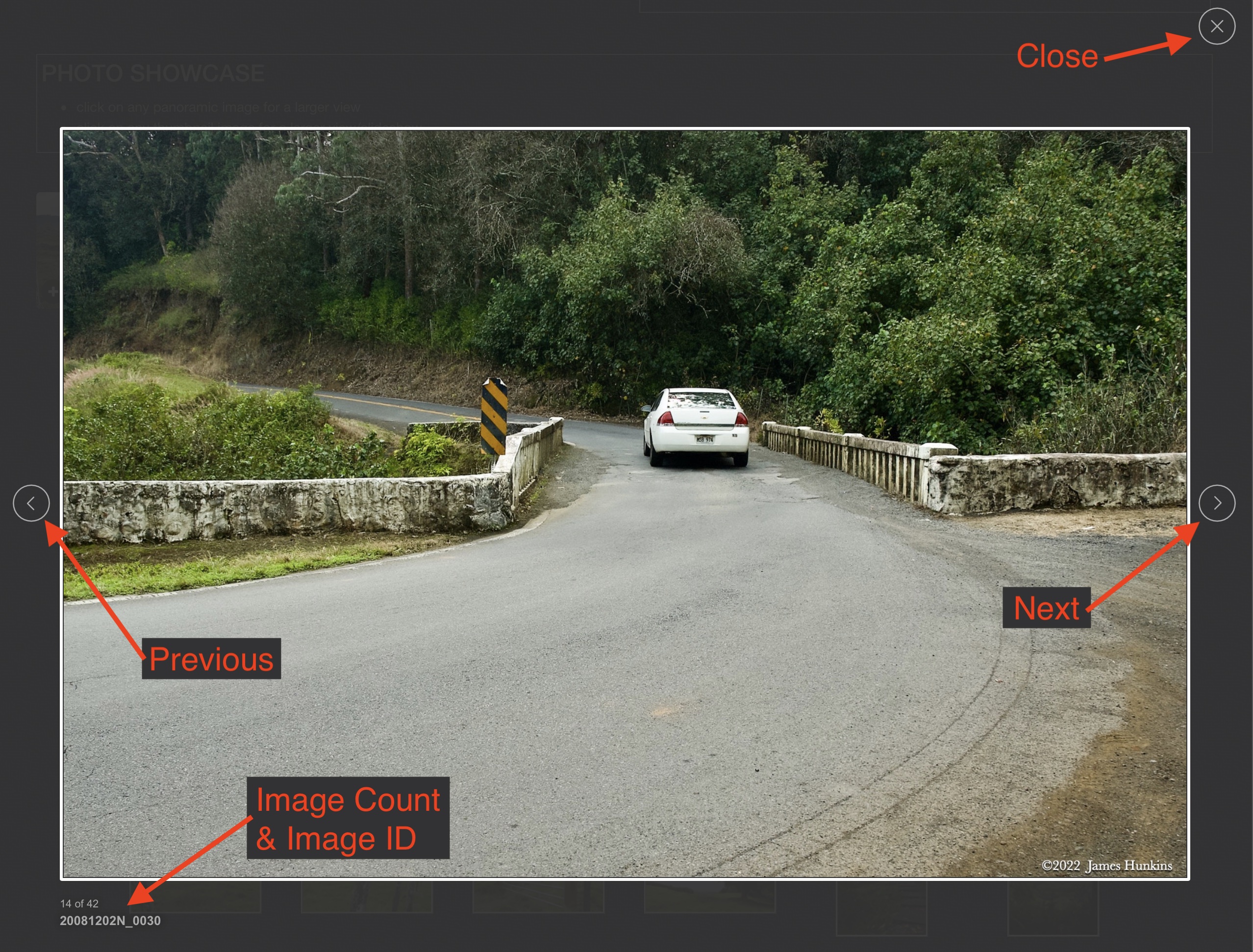Namibia 2021
SPITZKOPPE
DAY 9a : SUNDAY SEPTEMBER 05, 2021
After the pleasant break in Swakopmund, it was time to return to the Namib Desert. After a drive across some very flat country we finally approached the Spitzkoppe, a couple of 120 million year old granite peaks sticking up from the desert floor. The highest peak reaches 670 m (2,200 ft) above the flat plain.
This formation is very popular both for the rock climbing and for prehistoric rock paintings that are between 2000 and 4000 years old. Unfortunately most of these paintings were destroyed before the founding of the Gaingu Conservancy to protect the area in 2003.
We had a nice box lunch (the lodges really know how to pack them!) at the base of the rocks and then spent a while scrambling around the fascinating formations. Towards the end of our stay, we had the opportunity to scale with a local guide one of the very steep rock faces to view some of the remaining paintings. While it wasn’t actual mountain climbing, access was by holding onto a chain as we scrambled up the very steep cliff side (coming down was even more ‘interesting’).
One can only visit the paintings using a local guide which makes sense. Our guide gave us some good background on the area and painting. He even tried to teach some of us to speak a few words in Khoekhoe, one of the clicking sound languages. Needless to say, since I have such a problem speaking English which is my only language, I had no chance at speaking with clicks. It was really interesting hearing him sharing some words and simple sentences using only click sounds.
If you want to hear an example, the last link on this page has a short video counting to 10 in Khoekhoe.
Our guide also shared a sad fact related to the impact on tourist travel during the COVID pandemic. Before the pandemic, he used to take 6 to 12 groups up to see the paintings every day. But with the lack of travel, we were the first group he had for the entire week. Considering that these guides work only for tips, this was a major hardship for him and for many others who we met during our travels in Namibia.
PHOTO SHOWCASE
- click on any panoramic image for a larger view
- click on any thumbnail image for a larger view/slideshow













































